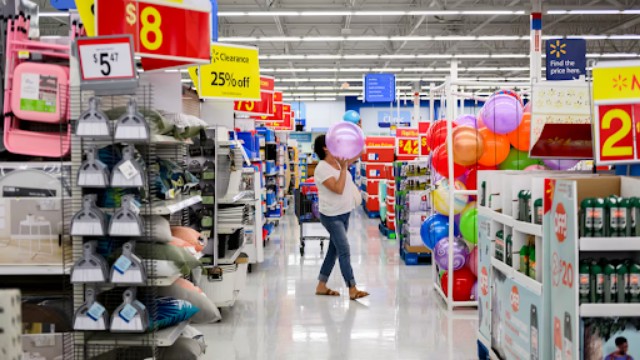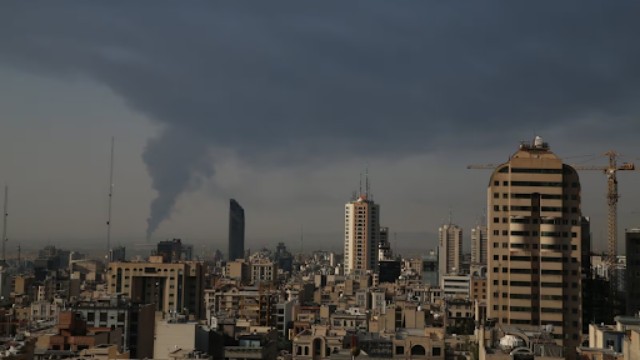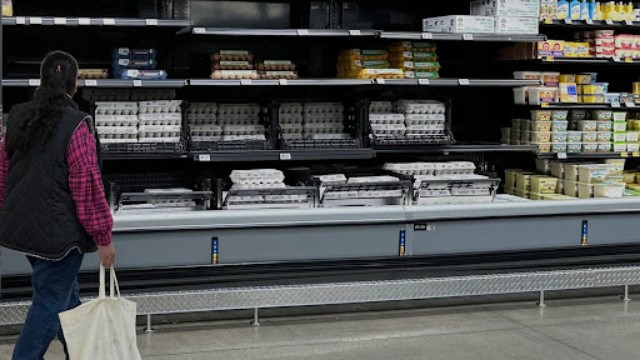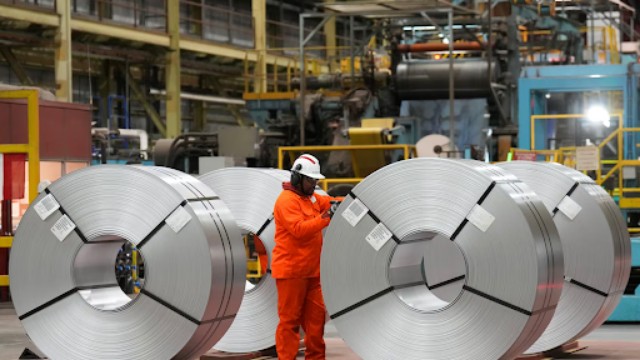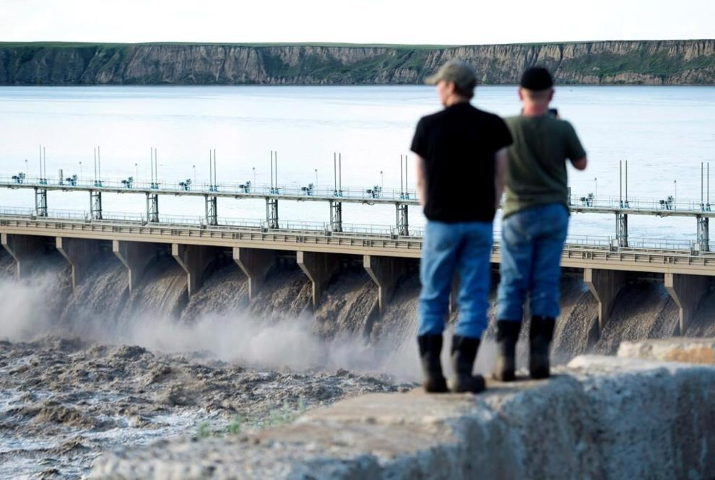
People watch as water from the Bow River flows through the Bassano Dam before meeting up with the South Saskatchewan River in Bassano, Alta., on Saturday, June 22, 2013. THE CANADIAN PRESS/Nathan Denette
Alberta's irrigation district managers have put forward a $5-billion proposal for water storage and conservation in the southern part of the province, responding to the region's increasingly limited water resources.
According to Margo Redelback of the Alberta Irrigation Districts Association, the variability of water availability is a significant concern, especially with the anticipated impacts of climate change. She emphasizes the importance of proactive planning to address these challenges.
The focus of the proposal is on the South Saskatchewan River basin, encompassing most of southern Alberta and including major rivers like the Bow, the Red Deer, and the Oldman. This basin is home to 1.8 million people and supports nearly all of the province's irrigated agriculture and major water-consuming industries such as beef processing plants.
The report, which involved collaboration from 40 different organizations, examines the future of these rivers amidst ongoing climate change trends, which are projected to lead Alberta into a warmer and drier climate regime. While extreme scenarios suggest the possibility of glaciers no longer feeding the basin, Redelback asserts that southern Alberta will likely continue to have sufficient water, albeit with shifting patterns of availability.
One notable projection is a decrease in end-of-summer water flows across all warming scenarios, coinciding with anticipated population growth in the region. Redelback emphasizes that adapting to these changes will require considering alternative water storage solutions to mitigate the impacts of variability in water availability.
The proposal includes eight projects aimed at enhancing and expanding existing reservoirs or constructing new ones, totaling approximately $5 billion in investment. The two most costly projects, estimated at $1.5 billion each, involve the construction of new dams and reservoirs on the Bow River near Brooks and the Red Deer River near Red Deer. The provincial government has already allocated around $10 million for feasibility studies on these projects.
The report also suggests the importance of preserving and constructing wetlands, which serve multiple purposes including wildlife habitat preservation, carbon storage, and water retention to prevent rapid runoff.
However, Redelback acknowledges the need for careful management to ensure sufficient water remains in rivers and streams to meet environmental requirements. While the proposed storage projects may reduce downstream water flow to Saskatchewan, Alberta's legal obligations will continue to be fulfilled.
Economically, the report estimates that these projects could generate up to $6 billion in economic activity. It does not address potential challenges such as interbasin water transfers or the impact of new industries like coal mining entering the basin.
Paul McLauchlin of Rural Municipalities Alberta applauds the report for incorporating climate projections into water planning, calling it a step forward in providing clarity amidst uncertainty. He suggests extending similar planning efforts to other river basins in the province.
Redelback emphasizes that the report aims to stimulate dialogue and offer guidance to government stakeholders on addressing Alberta's water management challenges in the face of climate change.


